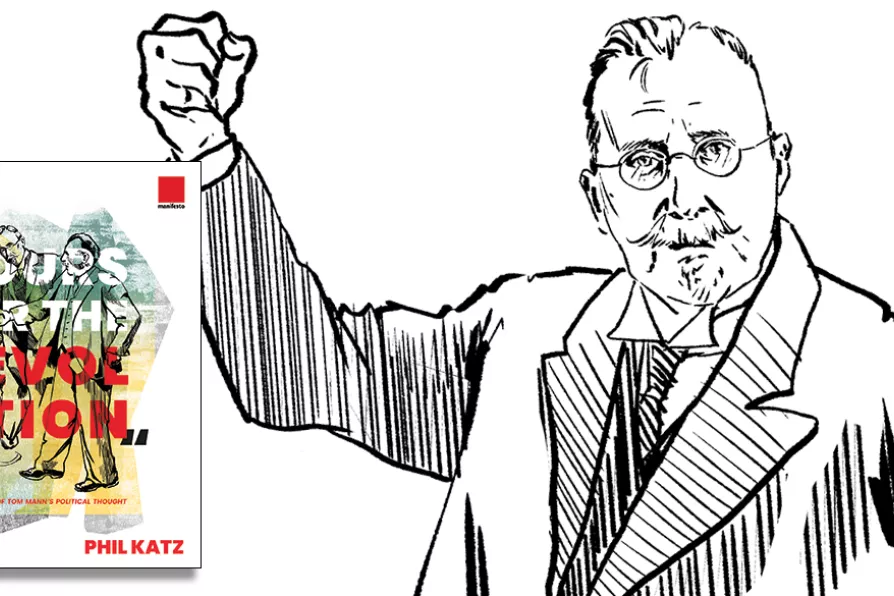Once the bustling heart of Christian pilgrimage, Bethlehem now faces shuttered hotels, empty streets and a shrinking Christian community, while Israel’s assault on Gaza and the tightening grip of occupation destroy hopes of peace at the birthplace of Christ, writes Father GEOFF BOTTOMS

 Tom Mann, illustration: CORATA GROUP
Tom Mann, illustration: CORATA GROUP
THE period between 1906 and World War I (WWI) was increasingly volatile as new groups of workers asserted themselves as trade unionists. The “Great Unrest” also coincided with a constitutional crisis in 1910, agitation for home rule in Ireland, and the emergence of a suffragette movement.
Between June and August 1911, Tom Mann was involved in strikes that developed into a movement in north-west England. On June 9, a national seamen’s strike sparked The 1911 Liverpool Transport Workers’ strike. Mann chaired its central strike committee.
The strike lasted for 72 days, during which the press referred to him as the “Dictator of Merseyside,” as if it was he who had dispatched troops and a gunboat to quell citizens lawfully conducting their rights. Though indeed, not even the Royal Mail delivered unless the central strike committee, led by Mann, gave its authorisation.

ANGUS REID recommends a visit to an outstanding gathering of national and international folk musicians in the northern archipelago













